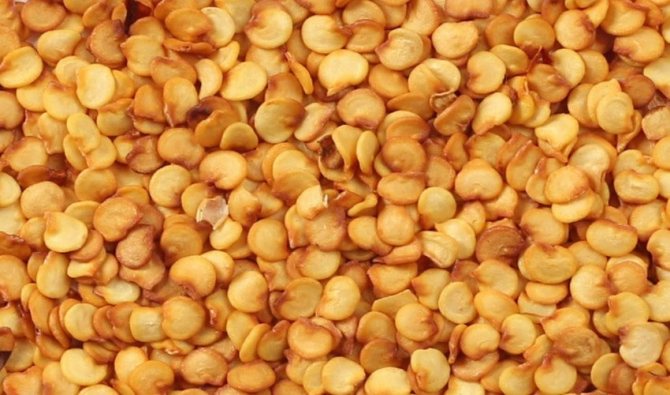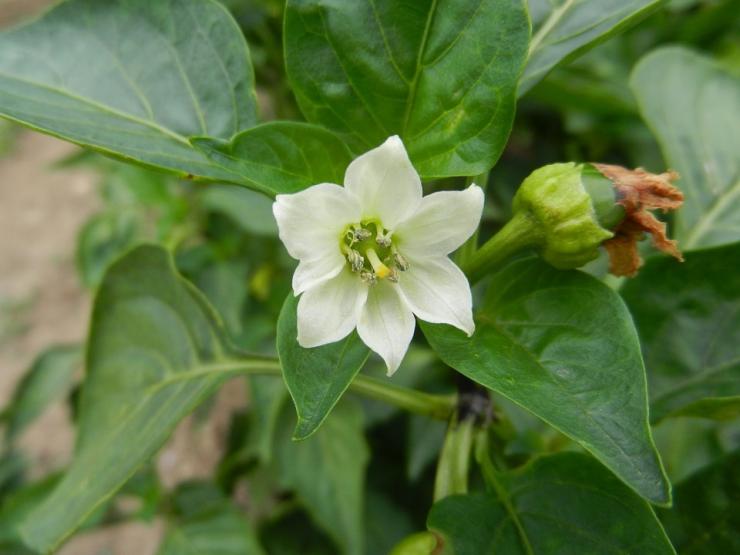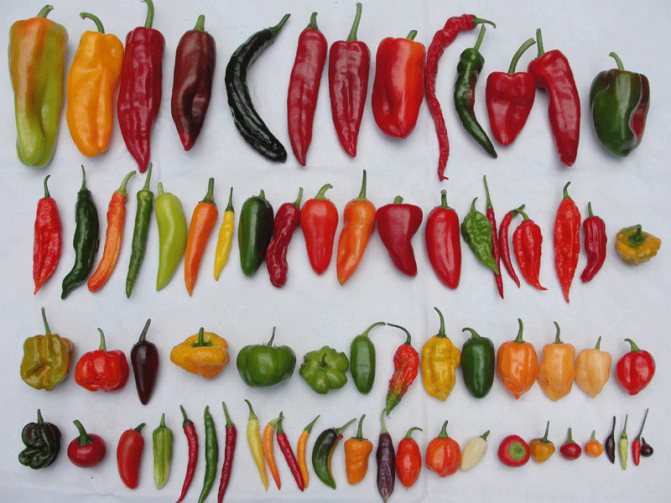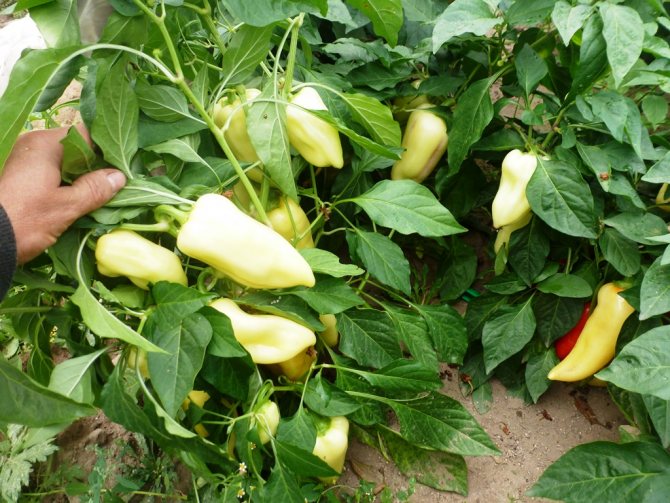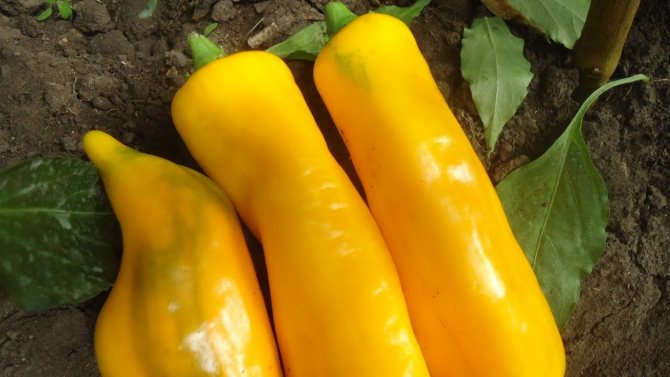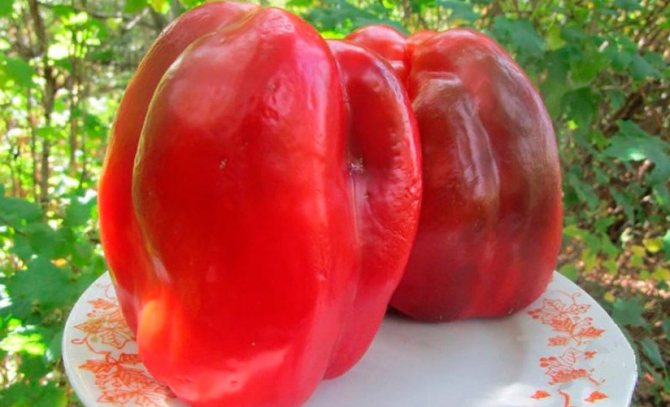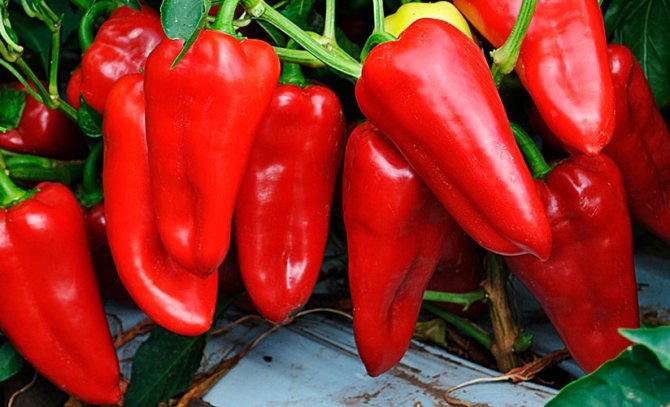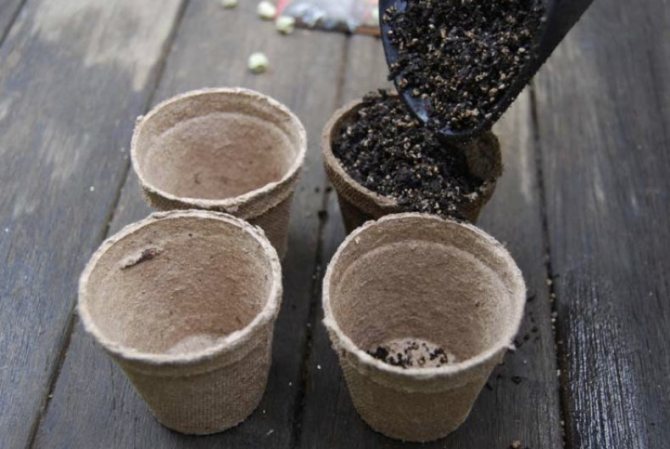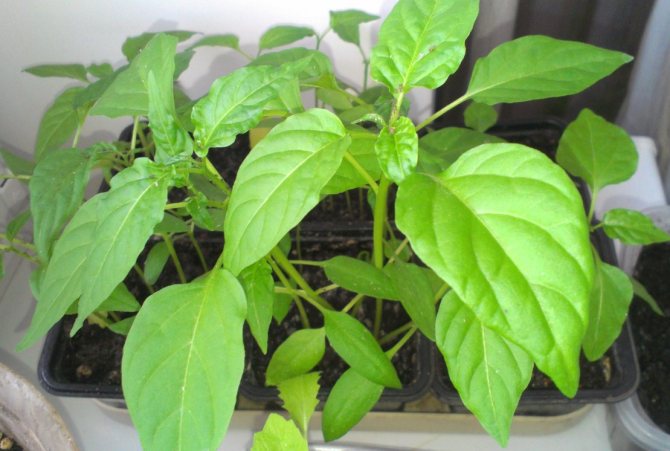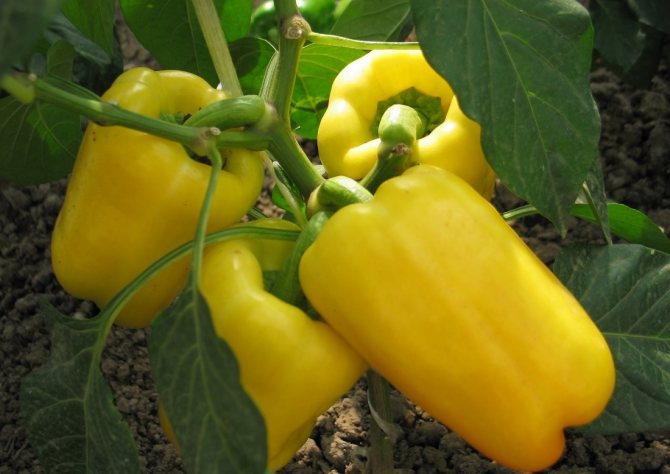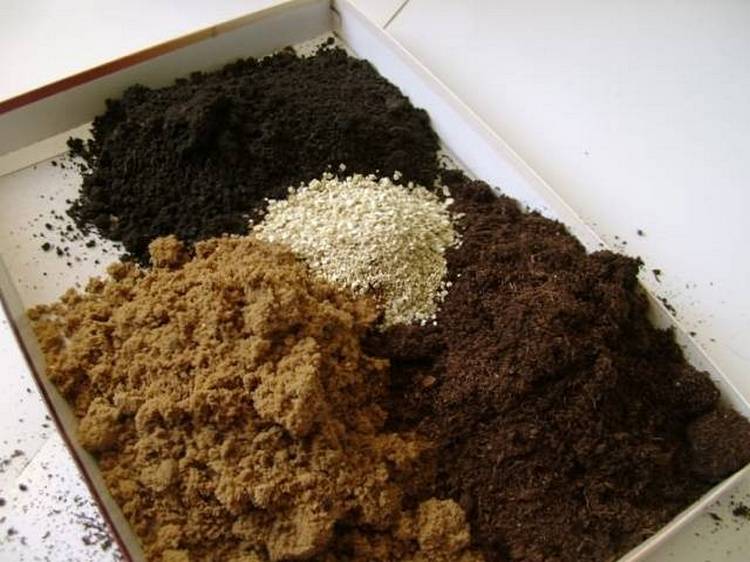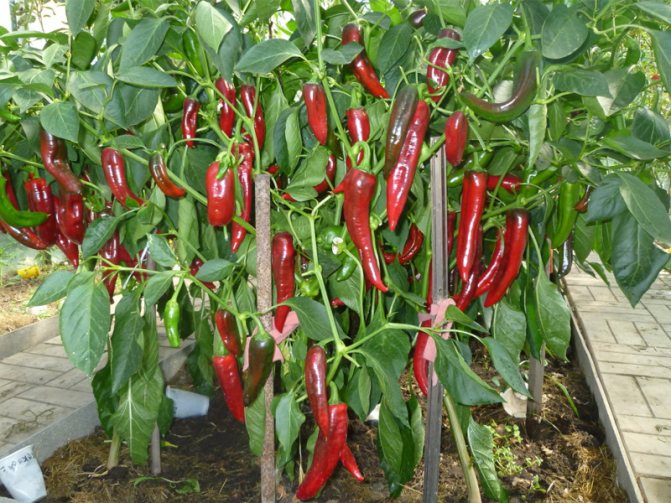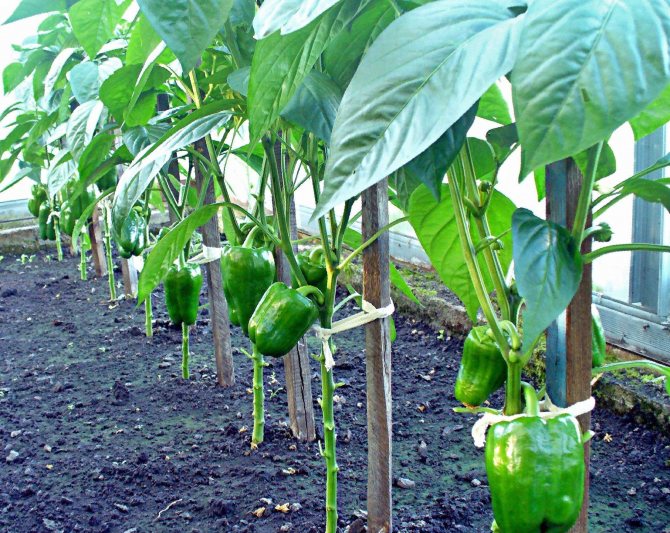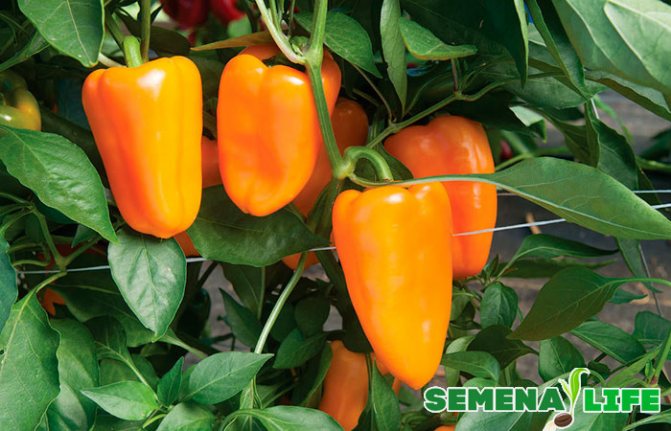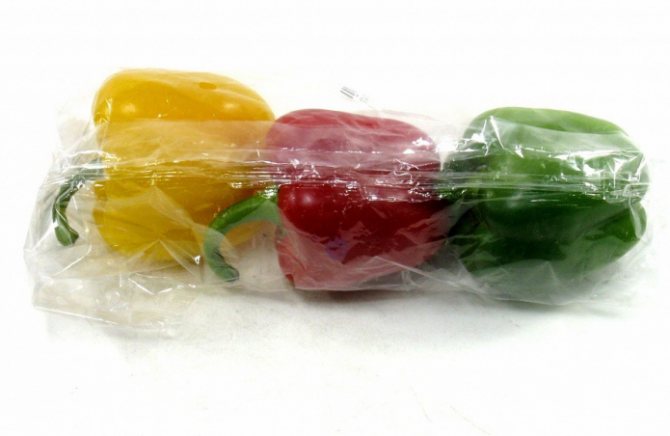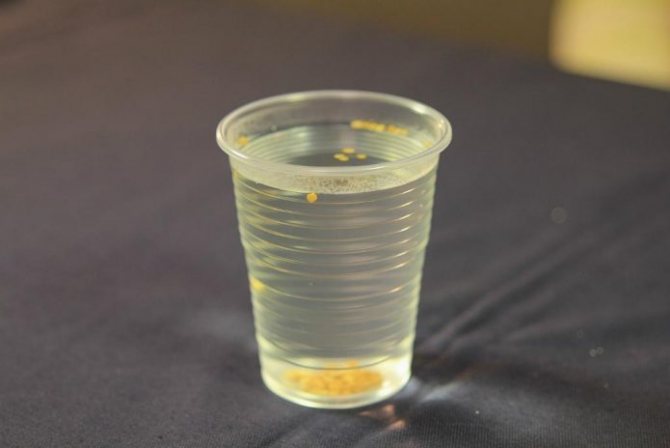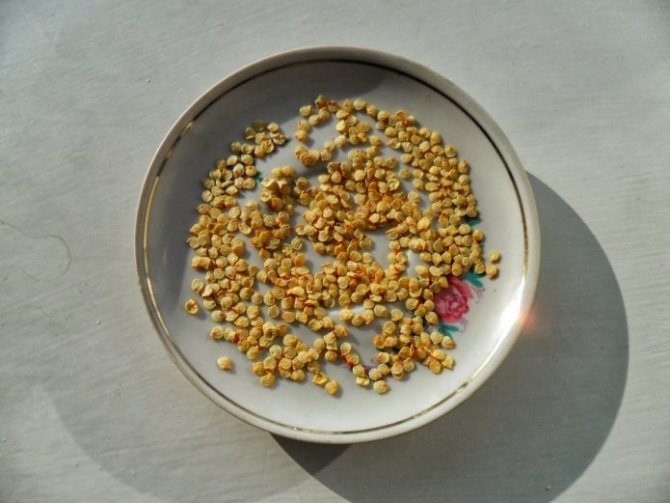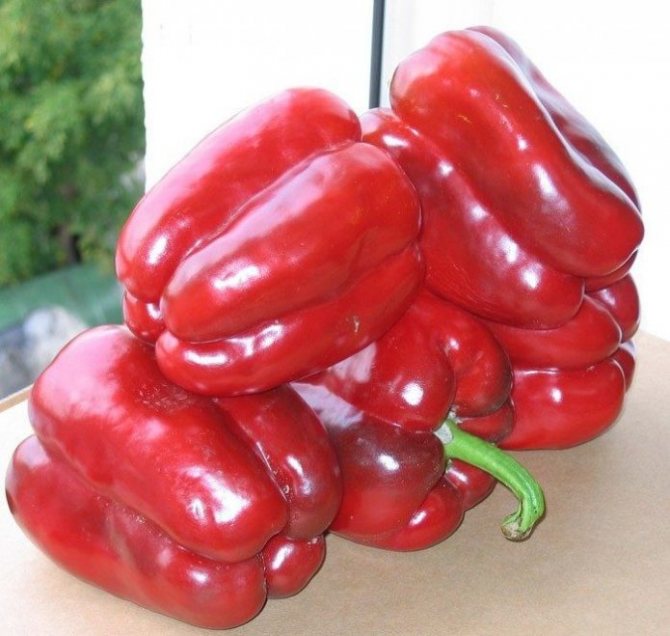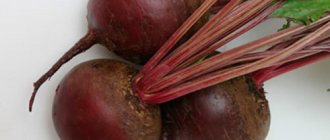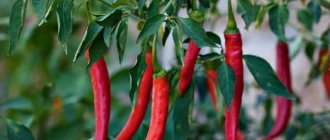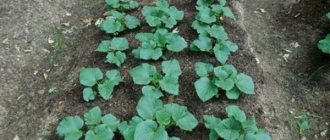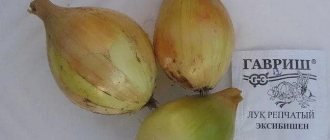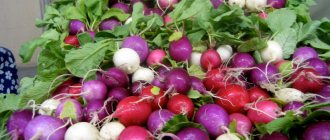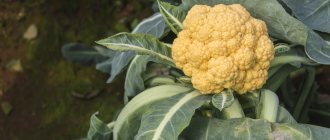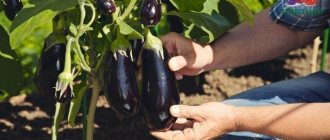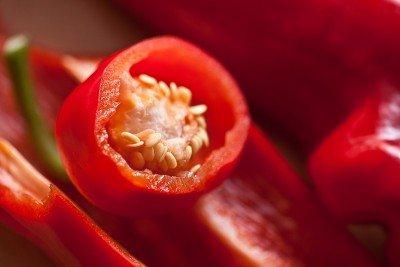
Thanks to the wonders of modern breeding, today it has become possible to grow heat-loving peppers in regions with a wide variety of climatic conditions. True, in some areas the southern vegetable feels great outdoors, while in others it recognizes exclusively greenhouse conditions. However, such features of cultivation do not at all diminish the enthusiasm of fans of this juicy, aromatic, and sometimes very spicy product.
Season after season, many gardeners consistently receive a rich harvest of vitamin crops of the same favorite varieties. This is made possible by harvesting your own seeds. When using the correct collection and processing technology, they are guaranteed to retain all varietal characteristics that a summer resident once liked.
Secrets of choosing a variety of hot pepper
Experienced vegetable growers advise using the following recommendations when buying seeds:
- The sharpness of the vegetable is influenced by the climatic conditions of its cultivation. So, the same variety, planted in different climatic zones, will bear fruits of varying degrees of severity. Vegetables grown in hot and humid conditions will be an order of magnitude sharper than those grown in a cool dry place.
- When choosing seeds, you should pay attention to the SHU indicator (Scoville Heat Units - the degree of pungency, or Scoville). The higher the number, the hotter the type of pepper.
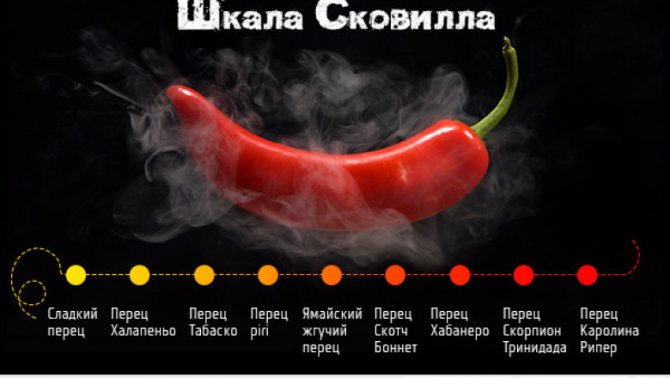

Scoville scale - For open ground, it is advisable to select varieties with a short growing season (up to 100 days), since autumn weather conditions are suitable only for certain varieties of this plant.
- It is better to buy seeds from a trusted manufacturer. There are times when the information on the package does not match the contents of the sachet.
- As a rule, only common and popular varieties are presented in stores. Those wishing to experiment with rare or elite varieties should pay attention to specialized breeding centers.
The wrong choice of planting material usually leads to disappointment, so the moment of choosing seeds is very important in growing vegetables.
How to choose the right plant?
To get quality seeds of any pepper (sweet or hot), you need to start by choosing a bush. In doing so, be guided by the following tips.
- When planting varieties on the site, take into account the possibility of cross-pollination of plants. This is especially important when planting spicy and sweet varieties at the same time. To prevent the future crop of bell peppers from being bitter, place the seedling beds as far as possible from its caustic counterpart. Ideally, the distance between them should be at least 80–100 m.
- To collect the seed plants, it is necessary to select at least two of the strongest, healthiest and most productive bushes of each variety. Such duplication is necessary, since there is always the possibility that one of the plants hides gene disorders or is invisibly affected by pathogens.
- Pay attention to how uniform the fruits that form on the bush are. It also matters how pronounced the varietal characteristics of the peppers are.
- Start looking for mother bushes in the middle of the season to closely monitor their development and fruiting.
The best varieties of hot pepper seeds according to reviews of 2018
Systematization of reviews of gardeners and amateur gardeners allows you to present a rating of the best varieties, reveals their individual characteristics, advantages and disadvantages.
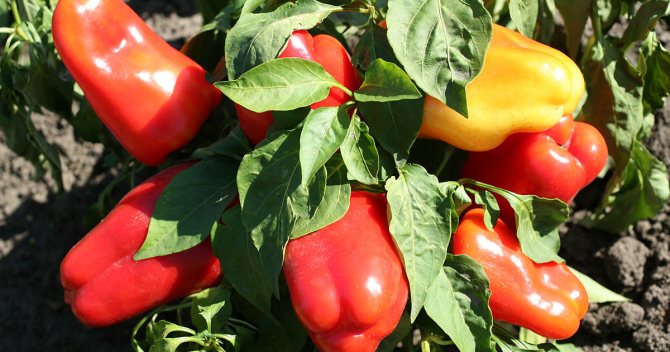

You may be interested in:
Pepper for open ground in the Moscow region - a description of the best varieties The climatic conditions of central Russia make it possible to successfully grow various types of pepper. But good harvests ... Read more ...
Early maturing crops to plant in 2020
Double Fertility is a high yielding hybrid resistant to viruses and heat. In greenhouse conditions, it bears an order of magnitude more fruit. One bush is capable of producing up to 40 fruits. Peppers are long, thickened, proboscis, colored red-orange.
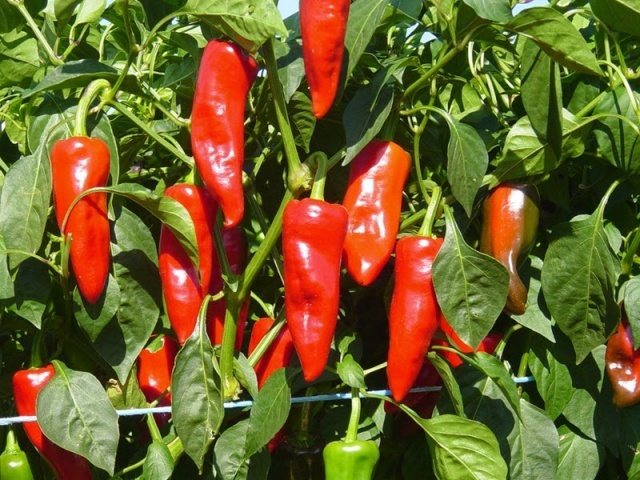

Double abundance
A burning bouquet - medium-sized powerful bushes that do not require a garter. Pepper bears fruit equally well both in open areas and in greenhouses. Fruits of medium length are cone-shaped. Ripe peppers take on a rich red hue. The pulp is spicy and has a strong peppery aroma.
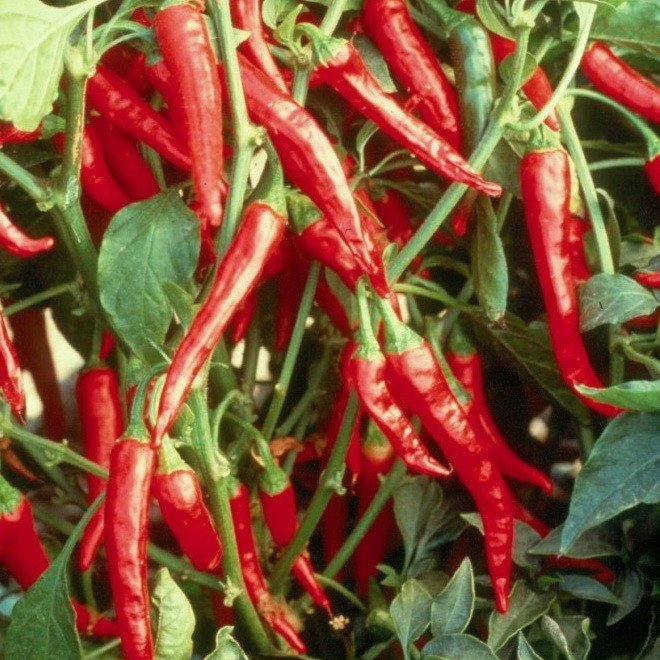

Burning bouquet
Trinidad Small Cherry is an ultra early variety. It got its name for the external similarity of fruits with berries and cherry aroma of pulp. Bushes are powerful, tall and branched. They are literally sprinkled with small round peppers. The fruits ripen as early as 80 days after seed germination.
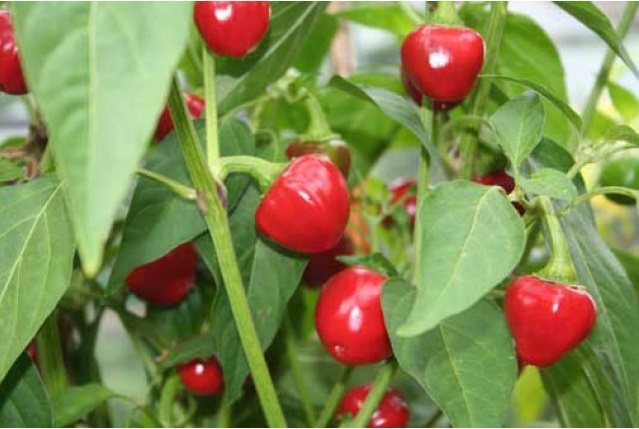

Trinidad Small Cherry
Mid-season peppers for open ground
Astrakhan-147 is a high-yielding pepper for outdoor cultivation. The bushes are medium-sized, compact with drooping red fruits. The peppers are small and thin-walled, but taste very hot. The fruiting period is extended in time and lasts from 30 to 60 days.
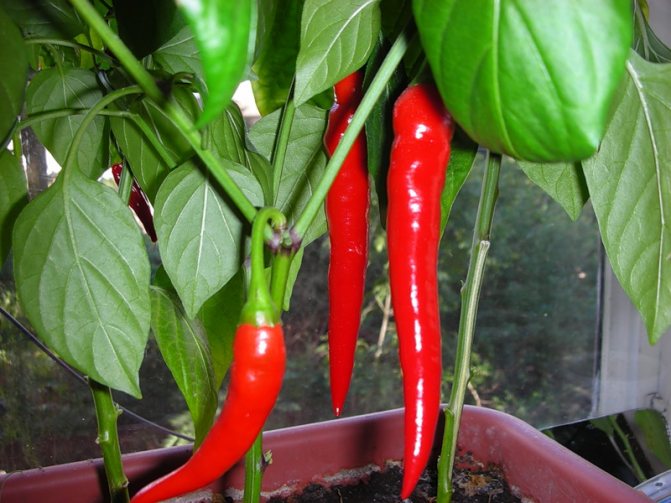

Astrakhan-147
Ram's horn - tall standard bushes, reaching one and a half meters in height. The fruits are long and thin. Ripe peppers have a rich cherry color. The walls of the fruit are thin, the flesh is medium-sharp in taste.


Ram horn
Cascabel pepper is a dwarf plant with unusual fruits. The bushes bloom and bear fruit continuously. Small peppers have a rounded shape and dark red color; they are used for drying and subsequent grinding. The pulp is very spicy, with a pleasant peppery smell.
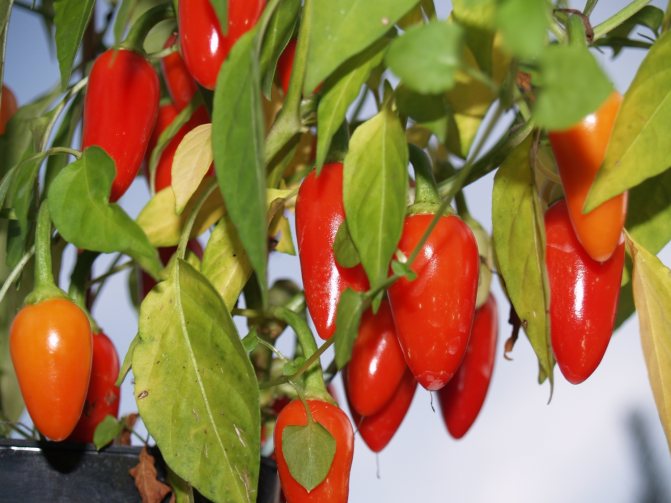

Cascabel pepper
Characteristics of late-ripening varieties
7 Pot Brain Strain Red - large wrinkled peppers, with their bizarre shape reminiscent of a human brain. The pods are bright scarlet. They are highly regarded for their excellent taste and unusual fruity aroma.
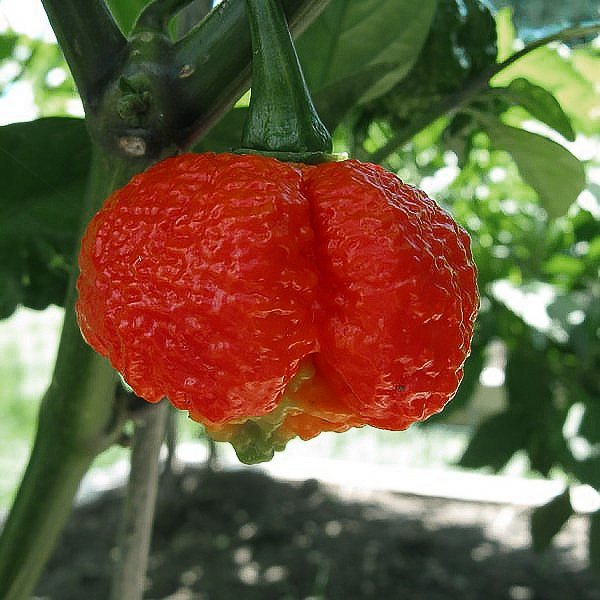

7 Pot Brain Strain Red
Riot are medium-sized, branched shrubs with medium, thin-walled pods. In favorable conditions, up to 300 fruits can be harvested from one bush. The pulp is burning, has a pleasant aroma. The peppers are distinguished by an unusual color: at the stage of technical ripeness, the pods are bright red, and biologically ripe peppers are colored with a milky shade of white.
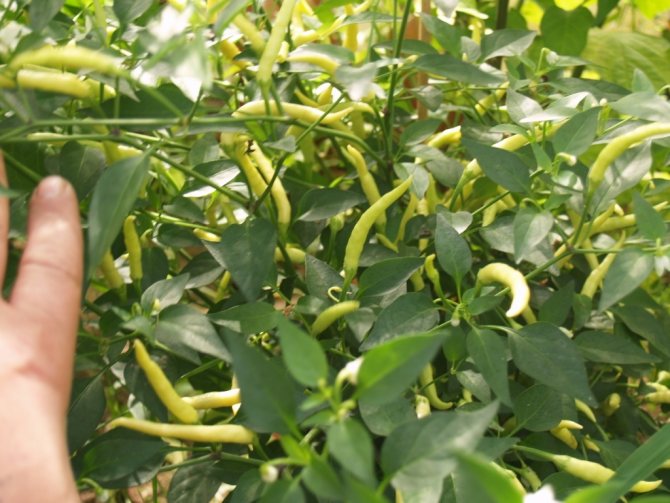

Riot
Tabasco is a tall plant that is resistant to common diseases and pests. The pods are small, medium-sharp. The fruitfulness of the bushes is very high. The shape of the peppers is classic conical. The color of the fruits changes as they ripen: at first they are green, then they take on an intermediate yellow color and eventually turn red.


Tabasco
Recommended varieties of hot peppers for outdoor planting
Not all varieties are suitable for open ground. Growing a vegetable in the garden, the gardener faces certain difficulties, since peppers are heat-loving plants that require a lot of light. The climatic features of the regions of Russia cannot provide the plant with the proper amount of heat and light. Moreover, sudden changes in temperature and gusts of cold winds are destructive for many varieties of pepper.
The following varieties are suitable for growing in open beds:
- Serpent Gorynych is a drought-resistant, but demanding light, mid-season variety, fruiting with hot, hot peppers.
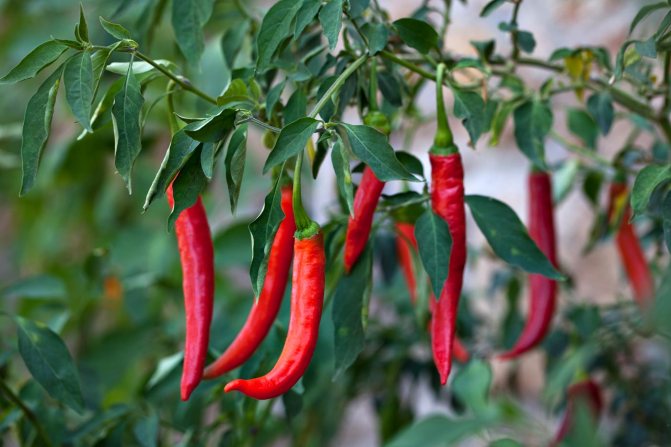

Zmey Gorynych - Cayenne Bitter is one of the most popular hot peppers, featuring large pods with a pungent pulp and spicy aroma.
- Mother-in-law's tongue is a drought-resistant early ripening variety with bright red medium-sized peppers.
- Ukrainian is a mid-season, high-yielding pepper with good immunity, which easily tolerates adverse weather changes.
- Chinese fire is considered one of the best varieties of this type of plant. Differs in high resistance to various diseases.
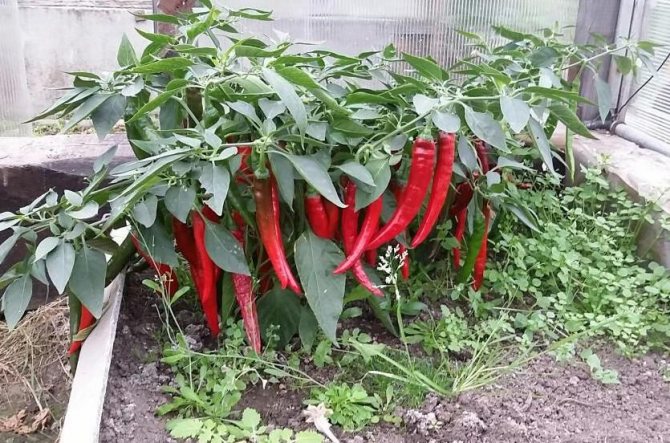

Chinese fire - Habanero is a very popular pepper with unusual rounded fruits.
- Jalapenos are large, thick-walled, bright green peppers with a very sharp flesh.
- Dinosaur is a drought-resistant variety with medium-sized, thick-walled moderately sharp fruits.
- Vizier is a high-yielding late-ripening pepper of an unusual turban-like shape.
- The magic bouquet is a high-yielding early ripening variety with a bouquet arrangement of small penis-sharp fruits.
Remember!
The fruits of varieties adapted for beds may not have time to ripen due to the short summer. Therefore, when choosing seeds, the gardener should definitely pay attention to the growing season of the plant.
Conditions and terms of storage of planting material
The maximum shelf life of pepper seeds is no more than 5 years. Please note that the shelf life depends on the conditions. If stored at home, seeds lose their usefulness faster; the shelf life in this case is no more than 3 years. Therefore, it is not necessary to make large stocks.
To store pepper seeds, the following conditions must be observed:
- Humidity: The room must be dry and well ventilated.
- Air temperature: at home should be + 10-12 ° C.
- Lighting: should be absent.
Seed material is best placed in paper bags or cloth bags indicating the variety and year of collection.
Important! It is not necessary to store seeds at temperatures below 0 ° C, as they may lose their ability to germinate and deteriorate.
To calculate the amount required for sowing, the sowing rate should be taken into account - per 1 sq. m is 0.1 g.
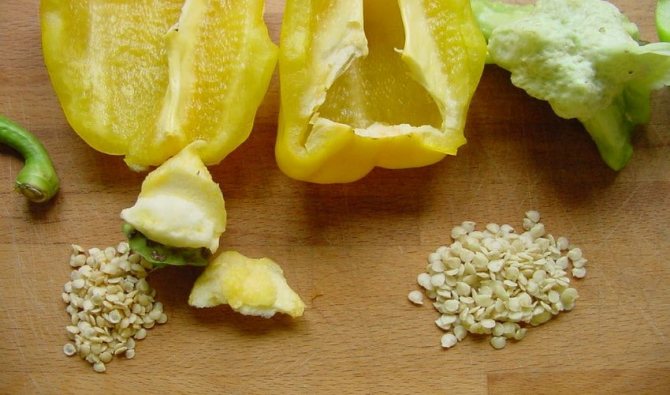

Popular varieties of hot peppers for growing in an apartment
There is a line of varieties of this crop for indoor cultivation. As a rule, these are perennial plants that require special care. The fruits of indoor peppers are inferior to their garden brothers in size, but they taste just as pungent.
The following plants are suitable for an apartment:
- Ogonyok is a mid-season hybrid with classic peppers. The tips of the pods are slightly curved. Fruits are small, fiery red. They are distinguished by their pungency and pronounced peppery aroma.
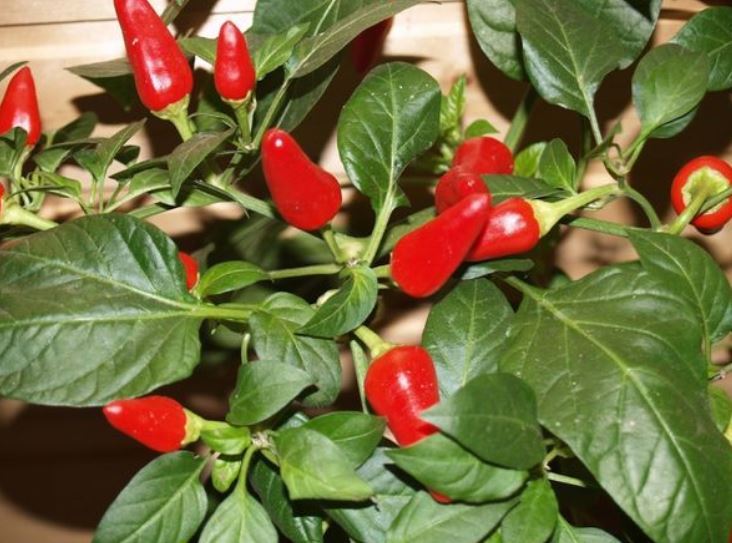

Twinkle - Ryabinushka is an ultra-early high-yielding hybrid. The fruits are bright red, spherical. Outwardly, they look like rowan bunches. The peppers have good pungency and a strong aroma.
- Aladdin - compact bushes bearing small multi-colored peppers. They are presented in the form of a cone and are directed upwards. On the same bush, light green, dark green, dark pink, beige, red and purple fruits grow at the same time. The pods are great for canning.
- Confetti are dwarf ornamental bushes not exceeding 35 cm. Fruits are relatively large: from 3 to 7 cm in length. They are presented in a classic conical shape of various colors: as they ripen, green peppers turn yellow, then turn purple. Ripe fruits have a rich red color.
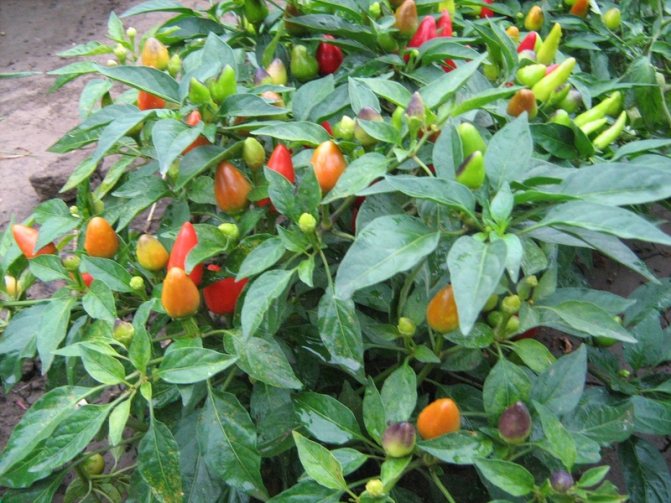

Confetti - Salute is an early ripe decorative pepper that grows in dwarf spreading bushes. Cone-shaped fruits in the process of ripening change their color from dark green to bright orange.Peppers are consumed fresh and canned.
Indoor hybrids have a high decorative value. With their exotic appearance, they are in no way inferior to indoor flowers.
Choosing fruits for seeds
After you have focused your attention on specific plants, you need to choose the best "representative of the breed" on each of them. How can this be done correctly?
- Applicants for selection should be located only on the shoots of the 1st, 2nd or, in extreme cases, 3rd level. If necessary, you can use peppers, which set up a little later, as testes, but the germination and vitality of such seeds will be much worse, and the yield of future plants will decrease by 10–20%.
- Always choose the largest representative that demonstrates all the main characteristics of the variety (shape, size, color, fruiting period).
- To obtain seeds, if possible, harvest the fruits at the stage of full (biological) ripeness. The moment of its onset can be determined by the characteristic color of the pepper (red, yellow, orange) and the special crackle that is heard when pressed on the walls.
- Please note that the period for the formation of a fruit suitable for obtaining seed should not be less than 40 days.
- Seeds obtained from fruits that have ripened to final ripeness indoors have better parameters of germination and germination energy, but they lose them much faster during long-term storage than seeds ripened directly on the plant.
- Do not forget to mark selected peppers by tying a piece of bright braid to their stem.
Video recipe for the occasion
:
What varieties to plant in the greenhouse?
A greenhouse is the best place to grow pepper bushes. Greenhouse conditions are able to satisfy all the whims of a tropical vegetable. The most common plants grown in greenhouses are:
- Hungarian yellow - small neat bushes with small yellow peppers. The compact size of the plant allows you to save greenhouse space.


Hungarian yellow - Astrakhan 628 - mid-season and high-yielding pepper with medium cone-shaped fruits. As they ripen, the color of the peppers changes from bright green to deep red. The bushes are half a meter long, compact and neat.
- Jubilee VNIISSOK - tall, spreading plants of early fruit ripening. The peppers are dark red, moderately hot.
- Filius blue is a dwarf pepper that takes up little space in the greenhouse. The fruits are multi-colored, very spicy in taste. Peppers are used to prepare all kinds of culinary dishes and as a pepper condiment.
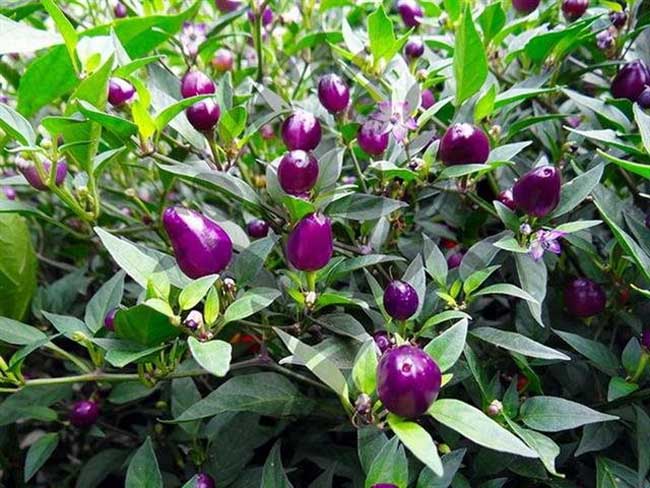

Filius blue - A small miracle - a fast growing and absolutely unpretentious variety that does not require serious maintenance. The bushes bear fruit abundantly, but with very small peppers. The fruits are distinguished by excellent taste and pleasant peppery aroma.
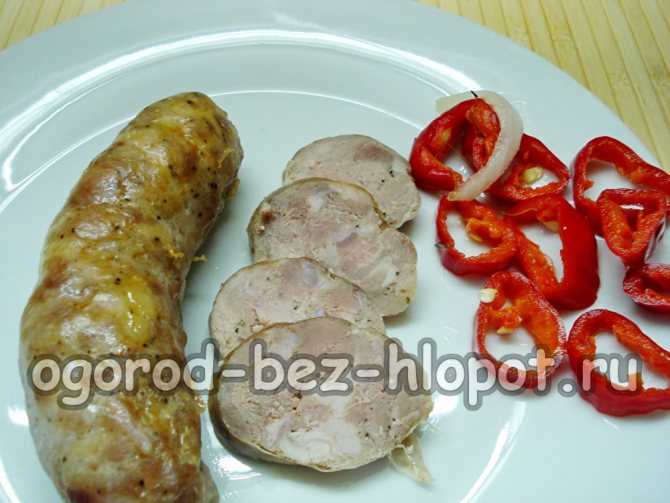

You may be interested in:
Pickled hot peppers for the winter "Lick your fingers" Save hot peppers for the winter as long as possible, without at all worsening its taste and external characteristics, but only ... Read more ...
The following plants are distinguished by an unusual shape of fruits:
- Drakosha;
- Falcon's beak;
- The Queen of Spades;
- Yellow mushroom;
- Garda Fireworks;
- Snake;
- Octopus New Year;
- Golden spool.
Lovers of very spicy varieties should pay attention to the following peppers:
- Bright dawn;
- Bella;
- Harakiri;
- Homer;
- Crocodile;
- Sonora;
- Draco;
- Khedar;
- Ancho Poblano.
Greenhouse peppers give an order of magnitude more yield and grow stronger.

